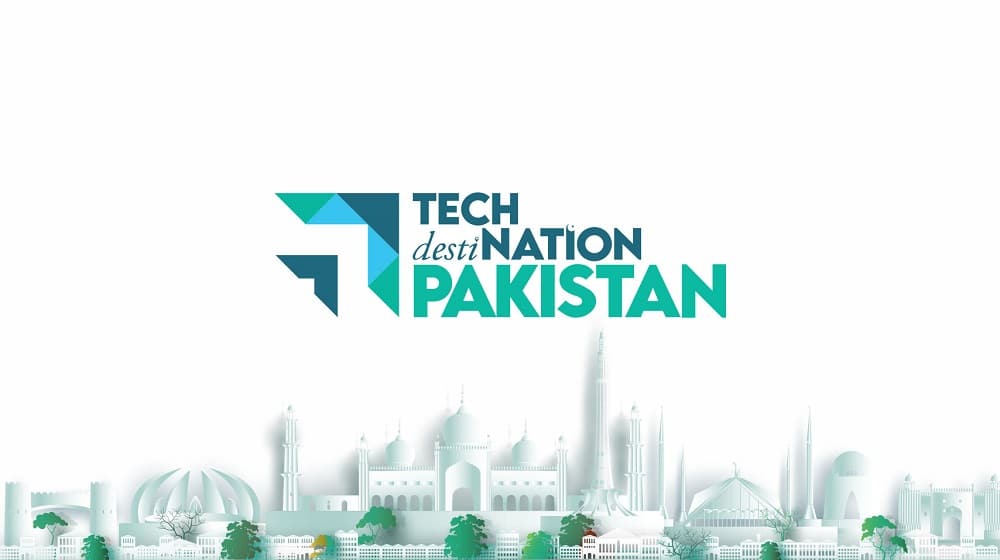Local IT company creates AI tool to assist deaf communication

1. Introduction: Empowering the Deaf Through Technology
A local Pakistani IT company has introduced an innovative AI-powered tool aimed at assisting communication for the deaf community. By leveraging artificial intelligence to provide real-time sign-language assistance, this solution addresses a critical need—making conversations more accessible and inclusive for hearing-impaired individuals across the country.
2. What the AI Tool Offers
The newly launched platform provides features such as:
- Real-time sign-language interpretation during video or audio calls
- Text-to-sign and speech-to-sign conversion, enabling voice-based speakers to communicate through sign language
- A virtual interpreter interface, where AI-generated sign-language avatars or videos translate spoken content instantly
- Offline support, ensuring functionality even in areas with poor internet connectivity
This all-in-one system aims to reduce communication barriers in daily life—whether at home, school, workplace, or public service interactions.
3. Company Profile: Innovating with Inclusion
The IT firm behind this project is a rising force in Pakistan’s tech landscape. With a focus on AI and user-centric design, their mission is to develop locally relevant solutions that prioritize inclusion and accessibility. The new tool exemplifies their commitment to social impact and technological innovation.
4. Market and Social Need
With over 10 million deaf people in Pakistan, access to sign-language interpreters—especially outside urban centres—is limited. According to GSMA reports on similar ventures like DeafTawk, there is a massive demand for on-demand sign-language services—54,000+ onboarded users in Pakistan alone en.wikipedia.org+15gsma.com+15propakistani.pk+15digitalmore.pk+2app.com.pk+2reddit.com+2arabnews.comDay News TV+3digitalmore.pk+3Business Recorder+3. Moreover, the Pakistan Association of the Deaf highlights the need for technology-driven solutions to bridge this gap en.wikipedia.org.
5. Key Features & Technical Highlights
- AI-driven sign recognition and generation: Uses machine learning to accurately interpret speech or text into regional sign languages.
- Adaptive interface: Offers both avatar-based and recorded-video options for translation.
- Cross-platform compatibility: Available on Android, iOS, and web—similar to DeafTawk’s broad reach .
- Multi-language support: Includes Pakistani Sign Language (PSL), with potential future support for American and British Sign Languages.
6. Pilot Programs & Community Collaboration
The company has already begun rollouts in select areas—partnering with NGOs, schools for the deaf, and regional deaf associations. These pilot programs aim to refine:
- Usability for different age groups
- Interpretation accuracy in real-world settings
- Feedback for sign-style preferences
Training workshops are also conducted for teachers, families, and social workers to integrate the tool into daily use.
7. Challenges in Rollout and Mitigation
- Diverse dialects in PSL across regions
Solution: Community consultations ensure sign variations are included. - Device access in remote or underprivileged areas
Solution: NGO-led smartphone/tablet loan and subsidy programs. - Maintaining AI accuracy with evolving gesture patterns
Solution: Ongoing model retraining using localized sign data and feedback.
8. Impact on the Deaf Community
- Increased independence: Users can initiate conversations, request services, and interact in public settings without needing a human interpreter.
- Equitable access: Reduces communication barriers in healthcare, education, banking, and public offices.
- Enhanced confidence: Users can express themselves fully and clearly, resulting in better social engagement and self-esteem.
9. Comparison with Existing Tools
Pakistan’s DeafTawk app connects users with live interpreters and has onboarded over 54,000 users gsma.com. While DeafTawk excels in live human-driven interpretation, this AI tool complements it—offering instant, low-cost, and always-on support, especially in emergencies or unplanned communication scenarios.
10. Future Roadmap and Vision
Planned developments include:
- Scaling nationwide with government collaboration and NGO partnerships
- Integration with public services: hospitals, police stations, and banks could embed the AI tool in customer service.
- Feature expansion: Offline use, voice-to-text-to-sign bridges, and multi-sign-language support.
- Monetization model: Free basic service with premium, higher-accuracy options funded by corporate CSR programs.
This tool marks a milestone in accessible tech in Pakistan—transforming communication for the deaf and showcasing how AI can be a powerful enabler of inclusion.





